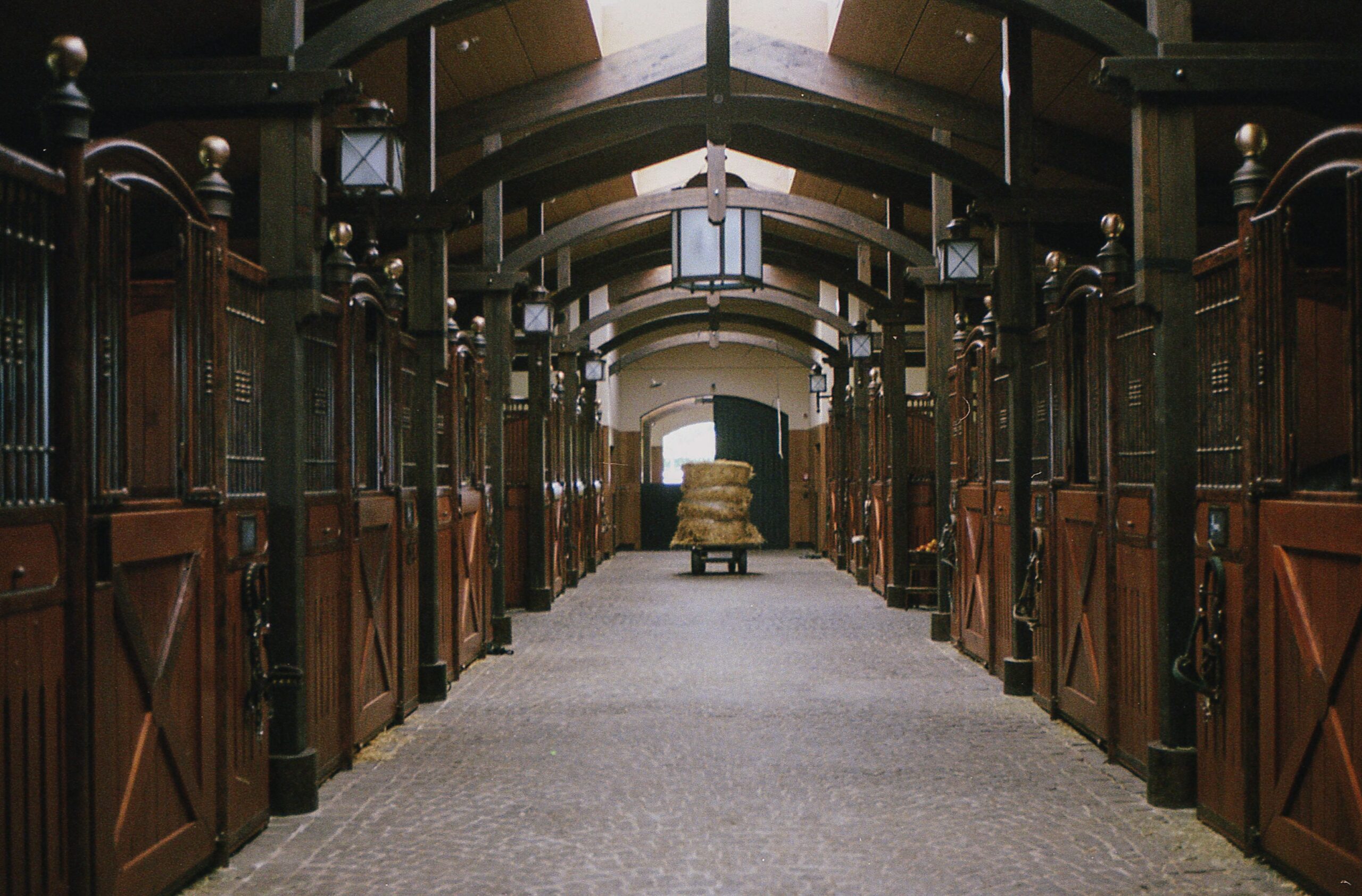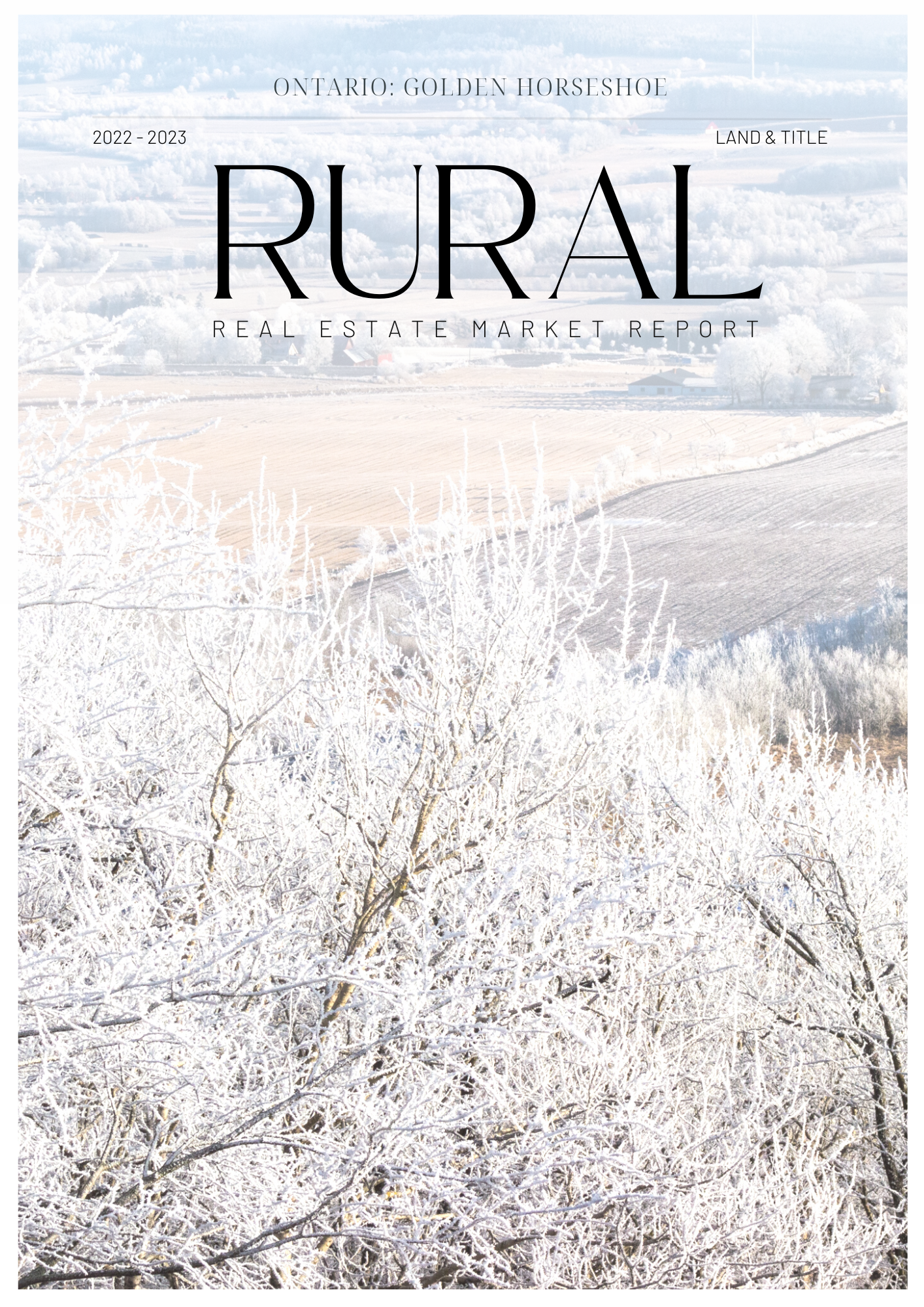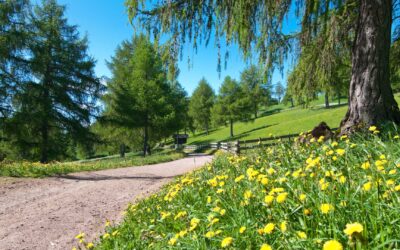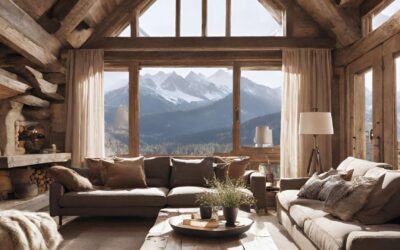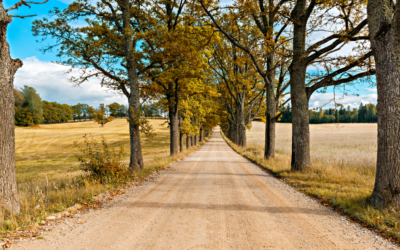Pricing a horse farm can be a daunting task. Between current market conditions and the price the seller wants for the property, there are many aspects to getting the right price.
Here are 5 useful tips to help you get to the right price for your equestrian property.
Making Comparisons
The simplest place to start is by comparing your property to similar properties that have sold, and ones that are currently for sale.
In Ontario, there aren’t a ton of horse farms to compare to. However, looking at similarities and making adjustments for any differences between properties will give you an idea of what your property might be worth.
Naturally, you’ll want to find properties that have similar locations, features
Horse properties generally take a while longer to sell than say country homes. So, we feel that looking at comparable properties that have sold between 12-18 months ago are still good comparables to look back on.
Paying close attention to past and current market conditions is extremely important.
Hiring a Professional
You could look into private appraisal companies that specialize in farm appraisals to assist with pricing your property. They generally come in on the lower end of what you might want, but it can be a good place to start.
Alternatively, you can do the right thing and hire an equestrian real estate agent. 🙂
Beyond making detailed and accurate comparisons to other equestrian properties, the right agent is going to understand the intricacies of pricing your horse farm.
We consider the value of the lifestyle that the property offers, what current and future opportunities it presents to buyers and the income it generates (if any).
An equestrian realtor understands the emotional aspects of buying and selling such a property. They will be able to help you navigate through this in the pricing process much more intricately than someone with no or little horse experience.
Pricing Your Location
If we’ve said it once, we’ve said it a million times. The location of a property is extremely important.
Sure, with equestrian properties you aren’t going to have the usual “bad neighborhood” concerns, but location will still have a big impact on price.
What do we know? We all know that the closer you are to Toronto the higher the real estate prices are going to be. If you had the same equestrian facility in the Niagara Region as you did in York region – we can bet that the one in York will have a higher price.
Proximity is important as well. How close are you to horse shows, vets, farriers, other barns, to civilization. These factors and many more play a huge role in buyer and boarder demand.
It all depends on what the buyer is looking for and how your property fits into these needs.
That is to say, if someone is looking to run a show jumping training barn out of the facility – they’ll likely want to be located within a 1-hour radius of Palgrave and Angelstone. On the other hand, if someone is looking for seclusion and a place to keep a couple of retired horses, proximity to civilization isn’t as important.
If you haven’t read it, our equestrian real estate guide is an excellent tool for comparing properties and prices across many regions in Ontario. Get it here.
Price and Property Type
Naturally, the type of horse farm you are selling is going to play a role in how you price the property.
A large boarding and training facility is going to be priced differently from a standardbred racing stable and even more so from a small hobby farm.
With an income producing property, numbers will play a huge role in price.
Aside from valuing the facility itself and the future opportunity it may offer a buyer, you’ll need to take into account how much money the facility brings in on a monthly basis and price accordingly.
On the other side of the spectrum, a small hobby farm most likely won’t have the same facilities as a working barn show will. And so the land and existing residence may play the primary role in valuing the overall property instead.
Adding Value to Get The Price You Want
If your horse farm already has something unique to it that would add value to a buyer and their horses, then this is something that will need to be accounted for in price.
It could be anything from the classic wood railed fencing, a conditioning track, an over-sized indoor area, a
If you don’t think you have a stand-out feature then think about how you can add value to your horse farm to warrant the price you want to ask buyers to pay.
Little things go a long way.
Ask yourself the following: could your property (home and or barn) use some paint, do the fences need repairing, does the driveway look in bad shape, could you prim up the front yard a little with some mulch and flowers? Even updating items like light fixtures, door locks and faucets can improve the look of a property.
Another strategy is to think about what your property could be used for in the future.
Take this scenario as an example – you have a lovely property, a little barn, some paddocks, a home on the property but no indoor arena. If it were me, I would check in with the local municipality for permission on the possibility of building an indoor arena. Obtaining this permission could add value to potential buyers. It expands your buyer pool to those buyers who need an indoor arena as well. Sure, you may not fetch the same price for your property as though it had an indoor arena, but offering up this information can be a great selling feature.
Read onto the second series for tips on getting your property ready for sale.

